How To Change Singer Sewing Machine Motor Belt: 2024 Guide
Are you looking for how to change singer sewing machine motor belt? Well, you’ve come to the right place! In this blog post, we’ll show you how to do just that.
But before we get started, let’s answer a few common questions about sewing machine motor belts.
Why You Might Need To Change Your Singer Sewing Machine Motor Belt
If your Singer sewing machine is not running as smoothly as it used to, or if the needles are not moving as they should, it might be time to change the motor belt. A new belt will ensure that your machine is running at its optimal performance.
How To Identify If Your Singer Sewing Machine Needs A New Motor Belt
If your Singer sewing machine is not running as smoothly as it once did, or if it has stopped working altogether, one of the possible culprits is a damaged or stretched motor belt.
In this article, we’ll show you how to identify whether your machine needs a new motor belt, and we’ll provide a few tips on changing it.
A motor belt is a V-shaped loop of rubber that connects the sewing machine’s motor to the handwheel.
Over time, belts can become damaged or stretched, which can cause the sewing machine to run slower or stop working altogether.
Here are a few signs that your Singer sewing machine may need a new motor belt:
- The sewing machine is running slower than usual.
- The hand wheel is not turning as smoothly as usual.
- The needle is not moving up and down as smoothly as usual.
- The stitch quality is poor.
- The sewing machine has stopped working entirely.
If you notice any of these signs, it’s a good idea to check the condition of your motor belt. If it looks damaged or stretched, it will need to be replaced.
How to Change Singer Sewing Machine Motor Belt
Step 1. Examine the Belt
- Before you begin using your sewing machine, be sure to read the Singer manual so that you know how to use it properly.
- Examining the existing belt of the motorized machine
- Remember how to thread the belt and where to place it
- Differentiate the types of sewing machine pulleys
- Take your belt off and measure its length with a ruler
- The belt measurement should be ⅛ inch away from the body to find out the correct placement.
Step 2. Replace the Belt
- Next, after you remove the belt from its pulley, take off the balance wheel and spindle.
- Using the arm screw, remove the bushing.
- Remove the belt from the area where you took out the bushing.
- To install the new belt, fit it onto the lower pulley.
- Ensure the belt is threaded through the housing, and check to see if the machine operates smoothly.
Understanding the Different Types of Belts
Before we dive into the factors to consider when purchasing a motor belt, it’s essential to understand the different types of belts available.
Singer sewing machines use several types of belts, including V-belts, round belts, and timing belts.
V-Belts
V-belts are the most common type of motor belt found in Singer sewing machines. They are made of rubber and feature a V-shaped cross-section that fits into a V-shaped groove on the machine’s pulleys.
V-belts come in various sizes, and it’s crucial to ensure you purchase the correct size for your machine.
Round Belts
Round belts, also known as O-rings, are another type of motor belt. They are made of rubber and feature a circular cross-section.
Round belts are often used in older Singer sewing machines, and they’re typically smaller in size than V-belts.
Timing Belts
Timing belts are the third type of motor belt found in Singer sewing machines. They’re similar to V-belts in that they have a V-shaped cross-section.
However, timing belts also feature teeth on the inside of the belt that mesh with the teeth on the machine’s pulleys.
Timing belts are less common than V-belts or round belts and are typically found in more advanced Singer sewing machines.
How To Purchase The Correct Singer Sewing Machine Motor Belt
There are a few things you need to know in order to purchase the correct Singer sewing machine motor belt.
The first is the model number of your sewing machine. The second is the width of the motor belt needed for your machine. The third is the length of the motor belt needed for your machine.
The model number of your sewing machine can be found on the bottom of the machine or on the back near the power cord.
How To Replace Belt On Singer Treadle Sewing Machine?
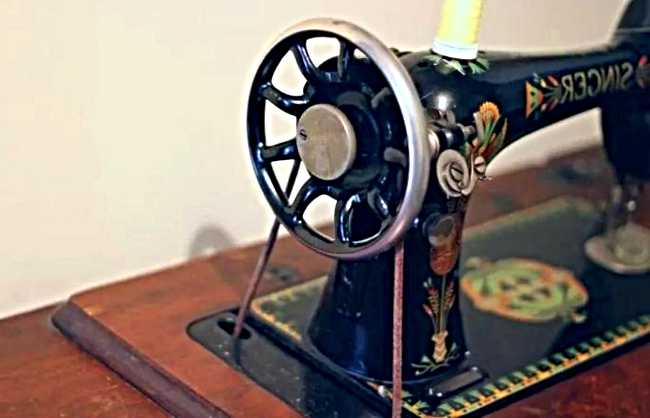
- Read your specific treadle machine’s manual
- Remember to feed the belt through the machine before you turn it on.
- Have the end of one belt in the groove of the balance wheel.
- Before threading the belt through the lifter plate, make sure that it is not under the bobbin winder.
- Make sure that at least 12 inches of the belt are threaded through the hole in the wood shield.
- Attach the other end of the belt to the back of the lifter plate and into the belt guide.
- Place the belt around the band wheel and brace.
- Pass the belt through the belt shifter, overlapping the belt ends.
- Make a mark where the two pieces intersect and then cut it.
- Cut a hole on one end of the belt for the treadle hook.
- Attach the hook to one end of the line.
- After you’re happy with the amount of tension, pinch the hook.
- Ensure you understand how the machine works before using it.
How Do You Change A Sewing Machine Belt?
- Always sew with the machine turned off and unplugged
- Disable the handwheel
- To remove the belt from the pulley, unscrew the machine’s back screws.
- If you remove the belt from the handwheel, turn the latter slowly but surely forward.
- When feeding in the belt, carefully turn the handwheel backward.
- Make sure the right side of the belt is facing out.
- Remove the belt from the motor pulley and take it down.
- Ensure the belt is lying flat without any twists.
- To adjust the belt’s tightness, pull on the strap.
- Push the motor closer to the position where the belt is tightest. This way, you can avoid it slipping off over time as it slackens.
- To fix the problem, first, tighten the screws of the motor housing and then recheck the belt slack.
- You can replace the covers and screws if the belt slacks around half an inch.
- To see if the needle is moving, look at the handwheel.
- Put your sewing machine to the test!
Considerations When Changing A Sewing Machine Belt
- In order to keep your sewing machine running correctly, it is important that you identify and use the correct belt for your model.
- If the motor pulley is a toothed wheel, use a geared belt. If the pulley is smooth, use a non-geared belt.
- Geared belts cannot be adjusted, while non-geared belts can have the slack lessened by being tightened and adjusted.
How To Properly Care For Your Singer Sewing Machine Motor Belt
Singer sewing machine motor belts are an important part of keeping your machine running properly.
These belts are made of rubber and can stretch over time, which can cause them to slip or break. To prevent this from happening, it’s important to properly care for your belts.
Here are some tips on how to properly care for your singer sewing machine motor belt:
- Store your belts in a cool, dry place. Exposure to heat and moisture can cause the rubber to deteriorate and break down.
- Avoid stretching or twisting the belts. This can weaken the rubber and cause it to break.
- Check the condition of the belts regularly. If you notice any cracks or fraying, replace the belt immediately.
- If you need to clean the belts, use a mild soap and water solution. Avoid using harsh chemicals, as these can damage the rubber.
Tips For Prolonging The Life Of Your Singer Sewing Machine Motor Belt
Here are some tips for prolonging the life of your singer sewing machine motor belt:
- Avoid using the machine in excessively hot or humid conditions.
- Avoid letting the machine become overloaded.
- Be sure to follow the manufacturer’s recommendations for lubricating the machine.
- Do not attempt to oil or lubricate the motor belt itself.
How To Troubleshoot Common Issues With Singer Sewing Machine Motor Belts
Sewing machine motor belts can be a source of frustration for many sewing enthusiasts.
These belts are essential to the proper functioning of your sewing machine, but they can sometimes be troublesome.
If you’re having issues with your motor belt, there are a few things you can do to troubleshoot the problem.
First, check to see if the belt is properly tensioned. If the belt is too loose, it can slip and cause the sewing machine to malfunction.
Conversely, if the belt is too tight, it can cause the motor to overheat and eventually fail. To properly tension the belt, consult your sewing machine’s manual for specific instructions.
If the belt appears to be properly tensioned and you’re still having problems, take a close look at the belt itself.
Look for any signs of damage, such as cracks or fraying. If the belt is damaged, it will need to be replaced.
If there doesn’t appear to be any damage to the belt, examine the pulleys that the belt runs over. Make sure that they are clean and free of any debris that could cause the belt to slip or bind.
Also, check for any signs of wear or damage on the pulleys themselves. If necessary, replace any damaged pulleys before continuing.
Finally, if you’ve checked all of these things and you’re still having problems with your sewing machine’s motor belt, it’s possible that there is an issue with the motor itself. Consult your sewing machine’s manual for troubleshooting instructions specific to your model.
Also, Click Here If You Want to Reduce Sewing Machine Vibration
How to Tighten Singer Sewing Machine Motor Belt
If you find that your Singer sewing machine motor belt is a bit loose and causing issues with your stitching, you might need to tighten it up.
Don’t worry, it’s not as tricky as it sounds! To tighten the motor belt, you’ll typically need to locate the motor bracket or adjustment screw on your sewing machine.
This is usually located near the motor. By loosening the bracket or screw, you can adjust the position of the motor to increase tension on the belt.
It might take a bit of trial and error to get the tension just right, but once you do, your sewing machine should be running smoothly again.
Where to Buy Singer Sewing Machine Motor Belt
Looking for a replacement motor belt for your Singer sewing machine?
You’re in luck! There are plenty of places where you can purchase genuine Singer motor belts both online and in-store.
Your best bet is to start by checking out reputable sewing machine retailers, either locally or online.
You can also visit the official Singer website or authorized Singer dealers to find the exact belt you need for your specific model.
Additionally, popular online marketplaces like Amazon and eBay often have a wide selection of Singer sewing machine parts, including motor belts.
Just be sure to double-check the compatibility of the belt with your machine before making a purchase.
Singer Sewing Machine Motor Belt Keeps Slipping
Is your Singer sewing machine motor belt constantly slipping or coming loose during use?
That can be frustrating, but fortunately, there are a few things you can try to remedy the situation.
First, make sure the belt is properly installed and aligned on the pulleys. If it’s not sitting correctly, it’s more likely to slip.
You can also check the tension of the belt to ensure it’s not too loose. If the belt appears to be in good condition but still won’t stay in place, there could be underlying issues with the motor or pulleys that need attention.
In that case, it might be best to consult a professional sewing machine technician for further diagnosis and repair.
DIY Singer Sewing Machine Motor Belt Replacement Tips
Planning to replace the motor belt on your Singer sewing machine yourself? That’s awesome! DIY repairs can be rewarding and cost-effective. To make the process as smooth as possible, here are a few tips to keep in mind:
- Double-Check Compatibility: Before purchasing a replacement motor belt, make sure it’s compatible with your specific Singer sewing machine model. This information can usually be found in your machine’s manual or on the manufacturer’s website.
- Take Your Time: Motor belt replacement might seem intimidating at first, but take your time and follow the instructions carefully. Rushing through the process could lead to mistakes or further damage to your sewing machine.
- Gather the Right Tools: Make sure you have all the necessary tools on hand before starting the replacement process. This typically includes a screwdriver, pliers, and possibly a wrench or socket set, depending on your machine.
- Refer to Guides and Tutorials: Don’t hesitate to consult online guides, tutorials, or repair manuals for additional assistance. There are plenty of resources available to help walk you through the process step by step.
With these tips in mind, you’ll be well-equipped to tackle the motor belt replacement on your Singer sewing machine like a pro!
Conclusion: How To Change Singer Sewing Machine Motor Belt
To recap, in order to change the Singer sewing machine motor belt, all you need to do is examine how it’s currently installed and use the same type for replacement.
The placement is self-explanatory, but it might be beneficial to also learn how to adjust it.
If you’re still unsure about anything, please let us know in the comments below. In addition, check out our blog for more sewing machine tutorials!
FAQs: How To Change Singer Sewing Machine Motor Belt
What are the most common singer sewing machine motor belts?
The most common singer sewing machine motor belts are V-belts, and they come in two varieties: flat and cogged.
What is the difference between flat and cogged V-belts?
Cogged V-belts have teeth or notches on the inner side of the belt, which help to grip the pulley more effectively. Flat V-belts do not have these teeth or notches.
How do I know if I need a new Singer sewing machine motor belt?
If your Singer sewing machine is not running as smoothly as it should be, or if the belt is visibly worn or damaged, it is probably time to replace it.

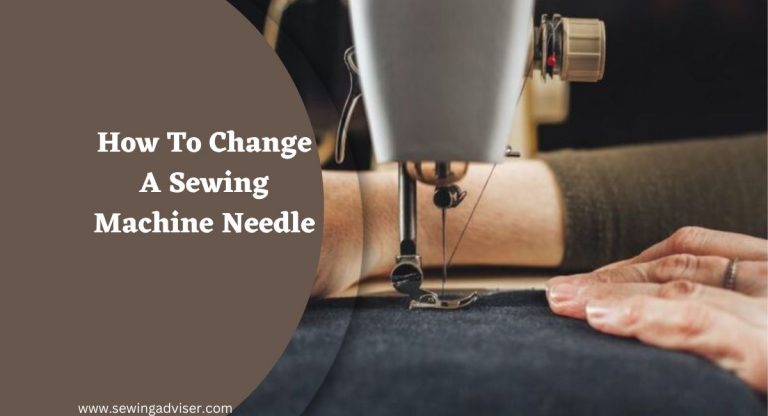

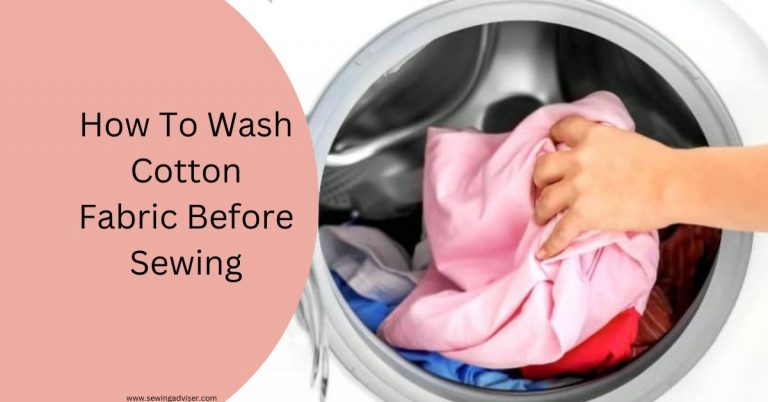
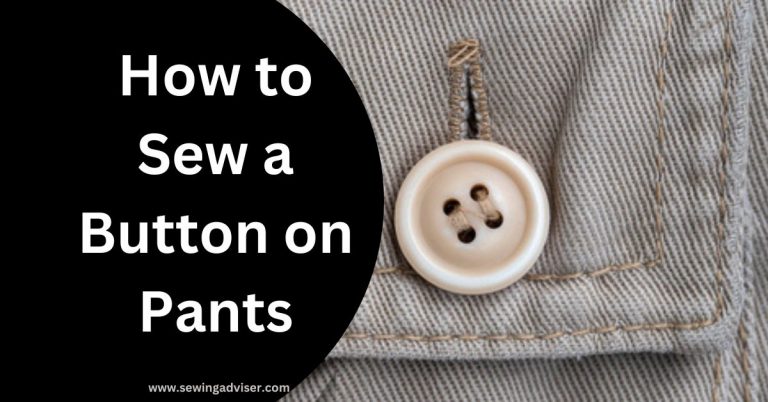
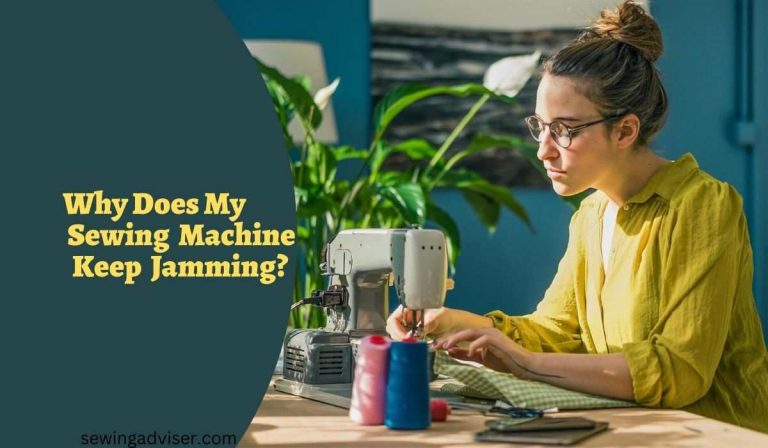

19 Comments